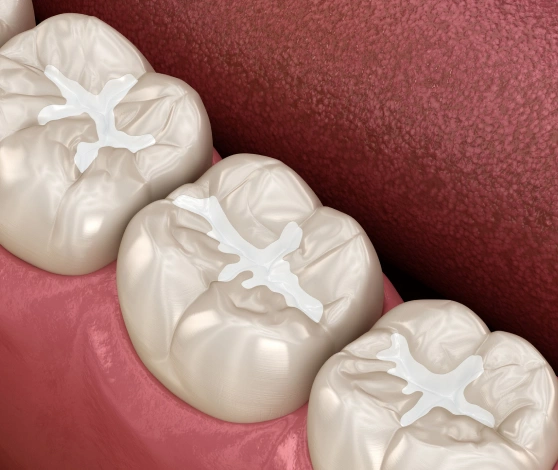
Shield Your Teeth From Cavities With Dental Sealants
Dental sealants are a thin, protective coating placed on the chewing surfaces of back teeth, especially molars and premolars. These areas often have deep grooves that are hard to clean and where most cavities tend to form. By covering these grooves, sealants create a smoother surface that makes brushing easier and helps keep out food and bacteria. Although sealants are strong and long-lasting, they should be checked regularly to make sure they haven’t worn down or chipped.
Why Are Sealants Helpful?
Sealants give your teeth extra protection, especially in areas that are more likely to get cavities. They’re a great option for:
- Kids and Teens: Sealants are most effective when applied as soon as the first permanent molars come in—usually around age 6. They help protect teeth through the cavity-prone years up to age 16.
- Adults: If you have deep grooves in your teeth that haven’t developed decay yet, sealants can still be a smart way to prevent future problems.
- Young Children (Baby Teeth): Sometimes, sealants are recommended for baby teeth if the child has deep grooves and a high risk of cavities.
How Are Sealants Applied?
Getting sealants is simple and doesn’t hurt. The whole process only takes a few minutes per tooth. Here’s how it works:
- The tooth is cleaned and dried thoroughly.
- Cotton or a small barrier is placed to keep the tooth dry.
- A special solution is applied to lightly roughen the tooth surface—this helps the sealant stick better.
- The tooth is rinsed and dried again.
- The sealant is then painted onto the surface of the tooth.
- It hardens either on its own or with the help of a special light.
To keep your sealants working well, make sure to brush and floss every day, eat a healthy diet, and visit your dentist regularly. Sealants are a simple way to help protect your smile for years to come.